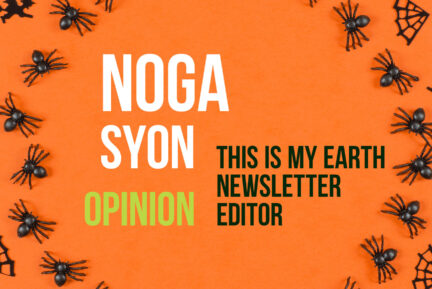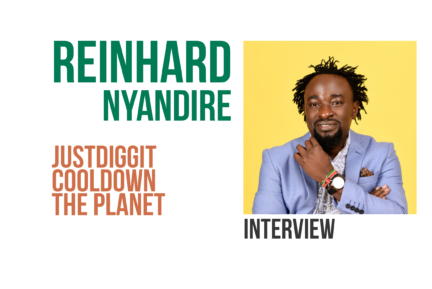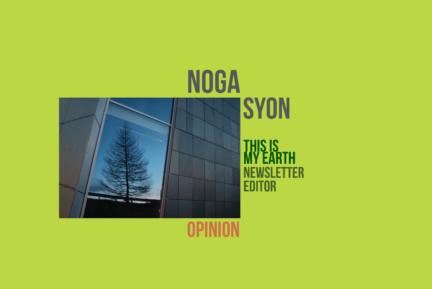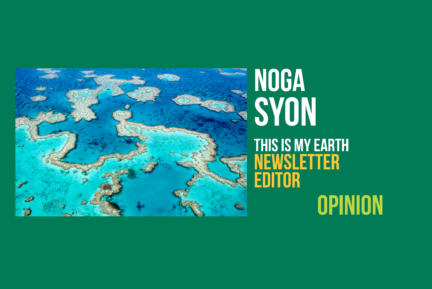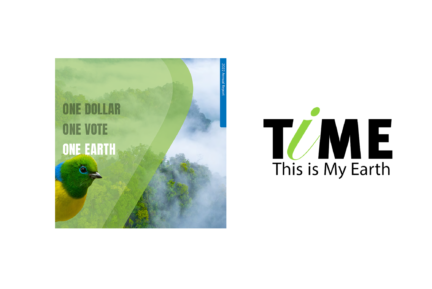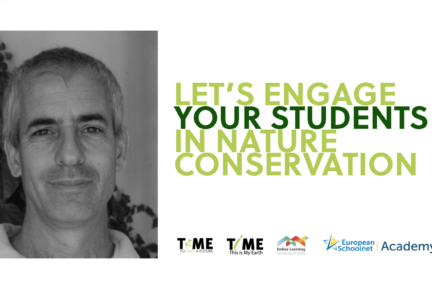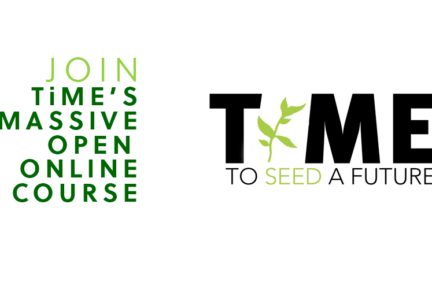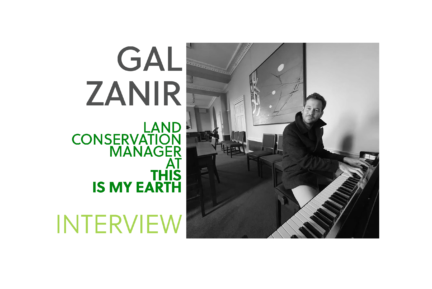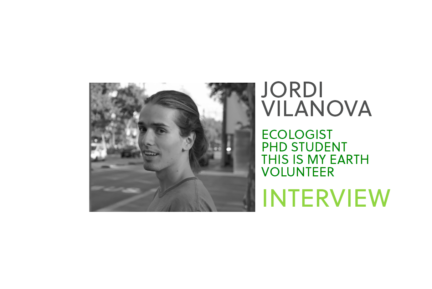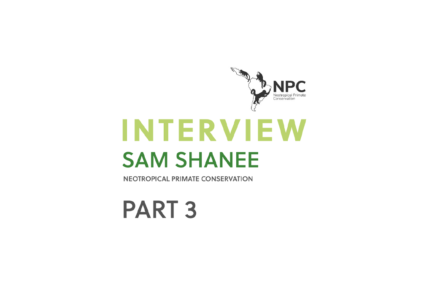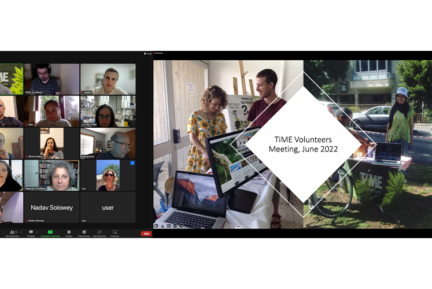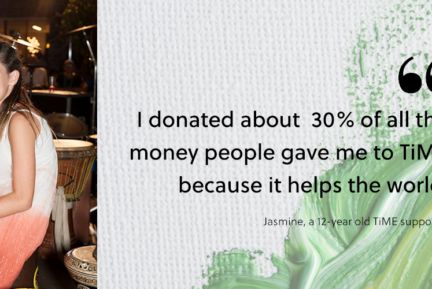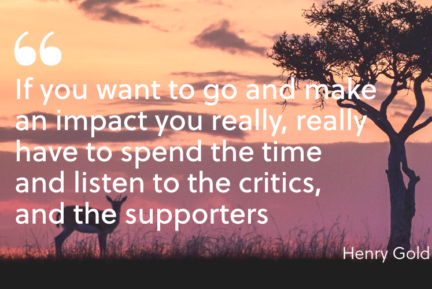
In the classic ethical dilemma of the trolley problem, one is asked to imagine a trolley racing uncontrollably and about to run over five people tied to the rails.
However, there is a lever next to you, and if you pull it the trolley will switch tracks and run over just one person instead. Do you intervene and kill one person who was safe? Or do you do nothing and watch five people die?
The core of this problem is the question of intervention: what do we do if acting to prevent one horror incurs a horrific cost? Do you let things unfold, or do you act? Conservation, as the name suggests, is about keeping things as they are. But sometimes that means taking action, and that action often has consequences.
One example of great magnitude for this conundrum comes from the giant, enchanting sequoia trees. The giant sequoia and its sister species, the coast redwood, are the tallest and diametrically-largest trees in the world, respectively. Each individual tree can live for thousands of years, the giant sequoia can reach a height of a hundred meters, and the coast redwood can reach a diameter of ten meters.
Conservation, as the name suggests, is about keeping things as they are. But sometimes that means taking action, and that action often has consequences.
The forests they comprise are ancient, with fossils indicating that these trees have grown there over a hundred million years ago, during the Jurassic Period. Even the dead, fallen trees are part of the ecosystem, creating a shelter for the animals.
Unfortunately, the particular conditions in which these trees grow and which have remained constant for millennia might not prevail into the next century, putting those giants at risk.
One attempt to save them, operating since 2019, involves simply moving them: planting redwood saplings in and around Seattle, in a practice known as “assisted migration” or “managed relocation”.

The idea is simple: we created the problem, we should solve it. If redwoods are at risk due to conditions caused by humans, then it is our responsibility to save them by any means necessary. The problem is that by doing this, conservation also becomes intervention. In complex systems such as ecosystems, it is extremely difficult to predict how each change or moving piece might affect the whole.
Countless stories of invasive species that become a disaster are enough to discourage anyone from trying these types of solutions.
One well-known example is the introduction of merely five domestic cats to Marion Island, South Africa, in 1949. They were brought in to control the population of mice, which had invaded the island during the nineteenth century.
By 1965, the Common diving-petrel was extinct from the island due to the thousands of cats that roamed there. By 1991, tragically, thousands of cats were purposefully killed by hunting and by the introduction of feral virus in order to control the population.
The idea is simple: we created the problem, we should solve it
Thankfully, there have been other attempts to save the redwoods—for example, a region of redwood forest in Andersonia West, California, was recently entrusted to a coalition of native tribes; this is particularly promising, since indigenous guardianship is known to be among the best ways to conserve land.
But it’s not enough. PropagationNation is a nonprofit group that “paints the Pacific Northwest red-wood” by moving redwood saplings grown in California to nearly 200 communities around Seattle. Trees—especially huge ones—are not at risk of going rogue, overpopulating, and getting out of control, so the risks seem more calculated, while the gain is obvious: saving the coast redwood and the giant sequoia from extinction.

Inaction as action
In conservation we are forced to make difficult decisions. Each TiME member has encountered it when voting for a habitat: which one is more worth saving?
The only correct answer is, of course, all of them—and yet, we must make choices. We must choose between species, geographical areas, plants and animals, desert and forest. While many ethics philosophers would insist that the most ethical option is letting the trolley take its natural course, taking no action is often action in itself, especially in the twenty-first century, when everything is so heavily impacted by human action.
Speaking about “wild nature” and “letting nature run its course” makes hardly any sense, since humans cause the change in redwood habitat.
In conservation we are forced to make difficult decisions. Each TiME member has encountered it when voting for a habitat: which one is more worth saving?
It is hard to escape the thought that intervention goes against the core of conservation. But the good news is that nothing was ever constant, and this fact is not due only to human action but also to the nature of life. Where there is life, there is change. Species moved, migrated, evolved, and disappeared long before humans first appeared. In fact, even the giant sequoia has migrated; fossil evidence indicates that 6,000 years ago it grew at a higher elevation than it does today.
Since the nineteenth century, giant sequoias were already planted throughout Europe, and while they are yet to reach the size of their ancient California ancestors, they are impressive: a specimen planted in Ribeauvillé, France in 1856 measured 58 meters tall in 2014.
Although today redwood forests exist only in California (along the Pacific coast and in the Sierra Nevada range) and in China (Dawn redwood), they appear to have been widely distributed throughout the northern hemisphere millions of years ago. Just imagine dinosaurs roaming among those giants throughout the hundreds of kilometres.
But small-scale migrations are evident on a day-to-day basis as well. For example, planting the right plants in your garden can attract birds and insects that lived nearby, and now would frequent your backyard. In larger animals and across greater distances, we can see this migration unfolding over longer time spans.
Even humans have been migrating for as long as they existed, from prehistory to modern history, and our genes can all be traced back to our common ancestors in Africa.

Freezing time
The origin of the name “sequoia” is unknown, but it is believed to be related to a Cherokee man named Sequoyah. Sequoyah was born before the American Revolution in today’s state of Tennessee, and he is known for having invented the system of letters to represent the Cherokee language—making it one of the earliest Native American languages to have a written form.
Languages are a lot like species, and their evolution resembles that of living beings. They have a complex, mystifying structure that somehow operates as one unit, with the creature itself, or in the case of language, the speaker, navigating its features easily without conscious effort. Like animals, they can go extinct, and about half of the world’s languages today are classified as endangered.
When Sequoyah developed the Cherokee syllabary, he changed the communication and culture of his people, and perhaps the language itself; he was inspired by the Europeans who came to his land, and although being accused of witchcraft, insisted upon the importance of his invention. It proved invaluable when the Cherokee people were forced to migrate by helping them maintain their culture and communicate in their own language. This language is still used today and can be seen on street signs in certain areas in Oklahoma.
Like all living things, languages change and evolve. Linguists are in fact extremely critical of deliberate attempts to freeze languages by enforcing a “correct” way of speaking. Likewise, insisting on keeping all nature the way “it is”, all trees “where they are”, can mean condemning them to die. But the question of when, what, how, and where to move or plant the trees remains of utmost importance.
Jessica Hellmann, executive director of the University of Minnesota’s Institute on the Environment, mentions chemotherapy when speaking about assisted migration. “You don’t say, ‘Oh, is chemotherapy a good idea?’ No, it’s a terrible idea. It’s only a good idea if you’re confronted with some other terrible thing.” Sequoyah knew that the world had changed, and that refusing to change with it is dangerous.
By changing the practices and language of his people, he might have saved it from extinction. His namesake, the sequoia trees, may have to do the same.
Yes, choose!
One version of the trolley problem says that the five people on the track are strangers to you, but the single person on the other track is your friend.
Unsurprisingly, studies have shown that people claim they will sacrifice more strangers to save their loved ones. Likewise, our choices on what we want to conserve and what we choose to risk are naturally impacted by what we care about.
Redwoods have an enormous impact on people; their size is astounding and deeply moving to any observer. They were sacred to many Native American tribes, and the western researchers who discovered them in the eighteenth century were struck in awe, for the same reaction for any traveler privileged enough to see them in real life.
But are they more important than some tiny insects or even bacteria that might be affected by their move? Are the primates we often use to promote public attention to conservation truly more important than some unphotogenic frogs or spiders that roam around them?
Of course not. But our feelings are not our enemies. The twenty-first century forces upon us many ethical dilemmas. Sometimes doing nothing appears like avoiding any decision—but is often an action in itself. Our feelings can guide us to make some choices, where a true “objective” outlook could lead to paralysis.
Things move around and change all the time. People move them, animals move them, they move themselves. The world is not static, territories are dynamic, and conservation cannot be about freezing time: life will never freeze.
Sometimes doing nothing appears like avoiding any decision—but is often an action in itself
Either way, we make a choice. Fighting for a better world and a better future for the huge variety of life on Earth is a hard task, but it is an incredibly worthy and noble cause, and it is a huge privilege that we get to choose; we get to act; we have power to do something.
Starting a new year, we will soon have new habitats to explore. Then, we will be forced to vote for one. As hard as it is, remember that either way, you make an action for a better world.

References
Bleske-Rechek, April. “Evolution and the trolley problem: people save five over one unless the one is young, genetically related, or a romantic partner”. Journal of Social, Evolutionary, and Cultural Psychology 4:3 (2010): 115-127.
Bloomer, J. P. “Control of feral cats on sub-Antarctic Marion Island, Indian Ocean”. Biological Conservation 60:3 (1992): 211-219.
Knapp, Sandra. “The giant sequoia, Sequoiadendron giganteum: the biggest tree in the world”. Natural History Museum. https://www.nhm.ac.uk/discover/giant-sequoia-sequoiadendron-giganteum-worlds-biggest-tree.html
Libby, W. J. “Why Are Coast Redwood And Giant Sequoia Not Where They Are Not?”. Proceedings of the Coast Redwood Science Symposium (2016): 423-427.
National Geographic Society. “Sequoyah and the Creation of the Cherokee Syllabary”. National Geographic Education. https://education.nationalgeographic.org/resource/sequoyah-and-creation-cherokee-syllabary/
Noss, F Reed. The Redwood Forest: History, Ecology, and Conservation of the Coast Redwoods. Washington D.C.: Island Press.
Purslow, Neil. Redwood. New York: AV2 by Weigl, 2020.
Scott, Allison Dawn et al. “Whole genome duplication in coast redwood (Sequoia sempervirens) and its implications for explaining the rarity of polyploidy in conifers”. New Phytologist 211:1 (July 2016): 186-193.
Treisman, Rachel. “A California redwood forest has officially been returned to a group of Native tribes”. npr. January 26, 2022. https://www.npr.org/2022/01/26/1075778055/california-redwood-forest-native-american-tribes
Velasquez-Manoff, Moises. “Can We Save the Redwoods by Helping Them Move?”. The New York Times Magazine. October 25, 2023. https://www.nytimes.com/2023/10/25/magazine/redwoods-assisted-migration.html
